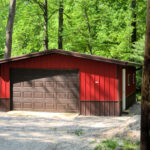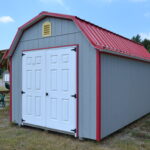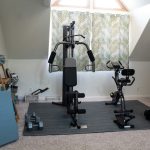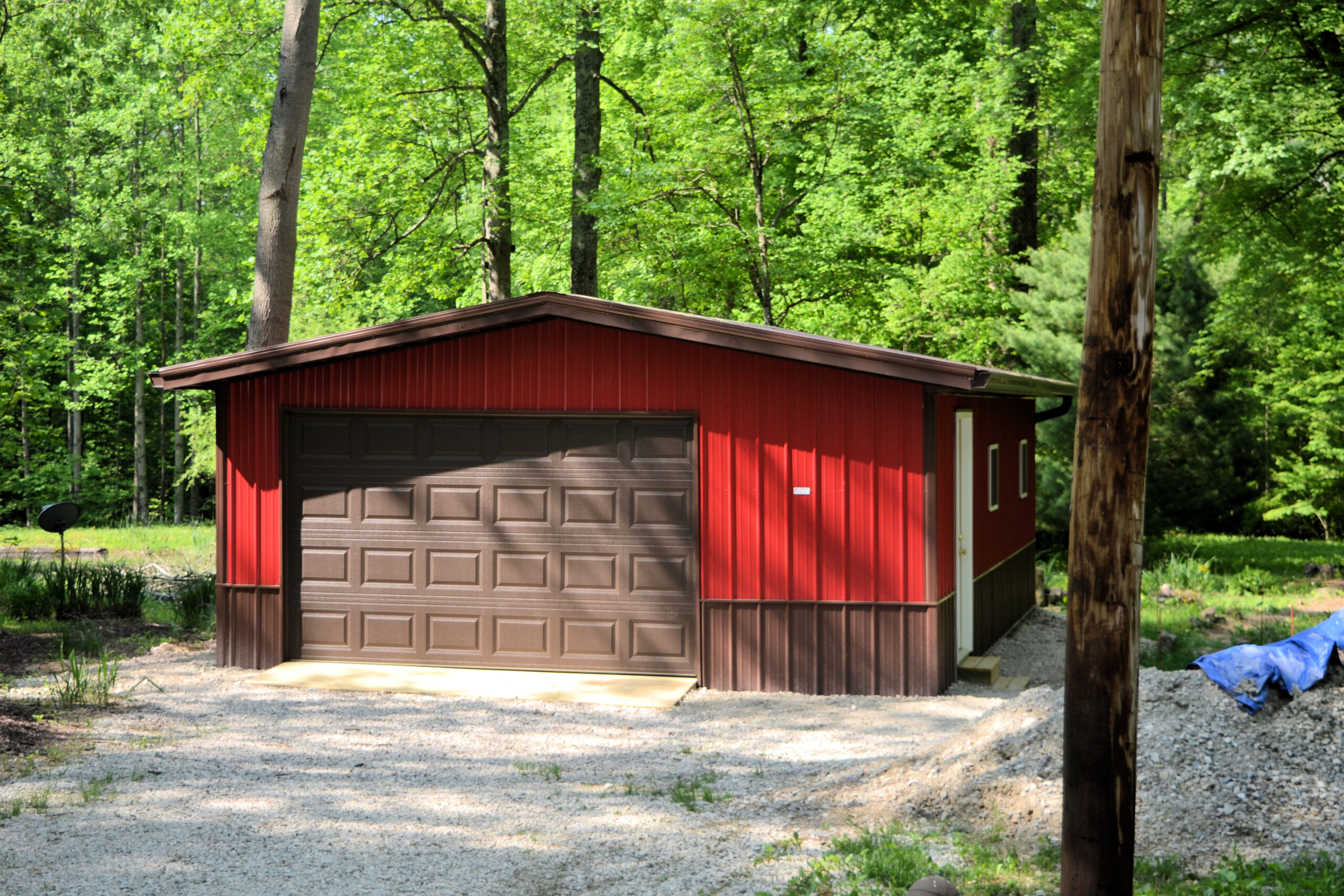
How to Keep Your Garage Warm in the Winter
By Marvin Raber
With the recent snowstorms in the Midwest, homeowners may be wondering how they can keep their detached garage warm in the winter. When your garage is too cold, tools, vehicles, liquids, and other equipment may not work as well. Warming up the garage will make it easier and more enjoyable for you to work on projects and be productive. It will also help you be more prepared for the next year as your tools will be usable for the spring and not damaged from exposure to the cold. Here are some tips on how to keep your garage warm in the winter so all your vehicles and belongings are good to go for the spring.
Proper Insulation
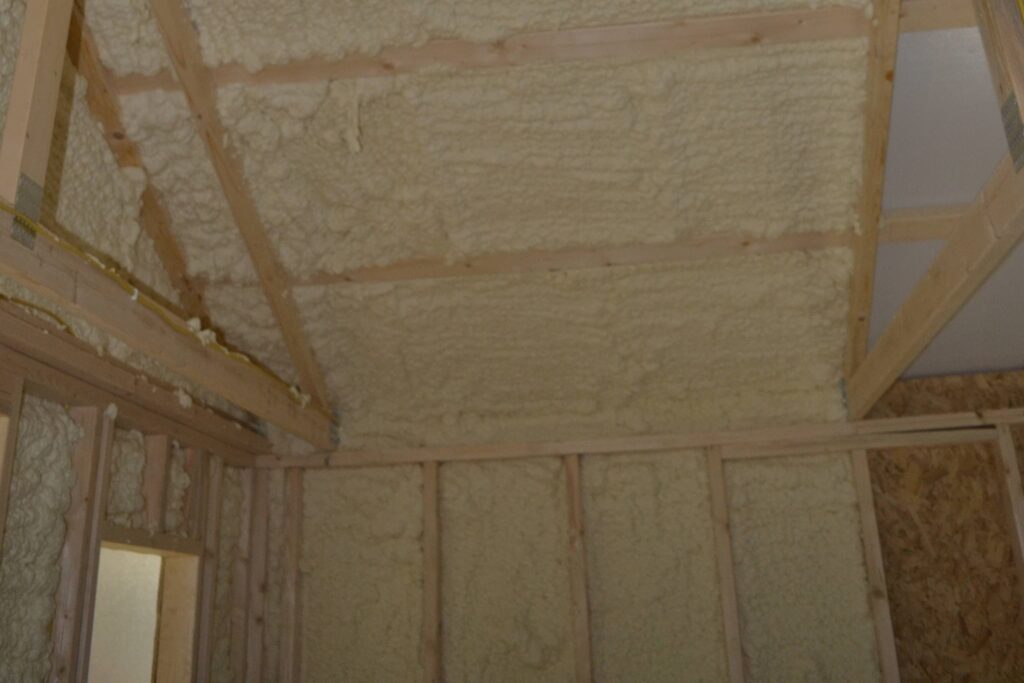
When warming up any structure, always start with insulation. Properly insulating your garage is the easiest way to maintain a consistent temperature inside it. It will ensure no cold air gets inside and hot air doesn’t leave the garage. You need to insulate the doors, ceiling, and walls of the garage to regulate the inside temperature. If the walls are not insulated, your garage will be cold no matter how many additional heating systems you install. The door will get cold in the winter, becoming a major source of heat loss. Insulating the door can make your garage up to 12 degrees warmer by preventing heat from escaping and allowing heaters to be more effective. Here at Raber Portable Storage, we have insulation packages available so you can have insulation installed in your garage properly and safely.
Install Heaters
Depending on how often you are using your garage, you can install heaters inside to warm it up. When using heaters, you need to take proper safety precautions into account. First, you need to make sure the heater is not near any flammables that could pose a fire risk. You also need to have proper ventilation inside the garage to ensure no toxic fumes, like carbon monoxide, are emitted. Below are the different heaters you can install in your garage:
Portable Space Heaters
Many home improvement stores will have portable heaters that you can use in the garage. Depending on how big your detached garage is, one space heater may not be powerful enough to heat the entire space, so you may need to purchase more than one. The heaters you buy should be properly sized for your garage’s square footage. To not be limited on where you can put the heater, choose a battery-powered heater. An electric heater will need to be plugged in so you’ll need to install it by an outlet. To reduce a fire hazard, turn off and unplug the heater when you are not in the garage.
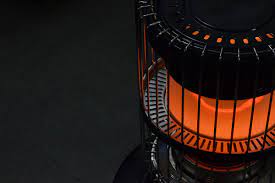
Combustion Space Heaters
Combustion space heaters use fuel to heat a space. They can be used with kerosene or propane, but both require many safety precautions. If using a combustion heater, you must have a carbon monoxide detector in the garage. The heater must have emergency features including low oxygen sensors and overheating protections, and you must turn the heater off when you leave the garage. Combustion heaters should be vented to exhaust fumes outside the garage, as if left unvented carbon monoxide can build up.
Kerosene Heaters
Kerosene space heaters are powerful electric heaters that are great for keeping large spaces warm. They will keep your garage warm even in the extremely cold temperatures we get in the Midwest. When using a kerosene heater, make sure you purchase one that is designed for indoor use so it doesn’t release as many toxic fumes.
Propane Heaters
Propane space heaters are not as powerful as kerosene heaters, but they are a more affordable option. These heaters burn cleaner and have much lower emissions than kerosene, making them more safe for indoor use.
Radiant Heaters
Similar to how the sun radiates heat, radiant heaters use infrared energy to heat a space. These heaters use infrared lights or lamps to bring efficient heat to the garage. They can be installed on the ceiling or walls, keeping people in the room warm without heating the air. This option is on the more expensive side, but it is great to use if the garage is not insulated. Infrared light is also used in therapy to improve circulation, heal tissues, and ease pain.
Ductless Mini-Split Systems
Ductless mini-split systems are used in structures that don’t have air ducts. They operate via an air-handling unit installed inside the garage and an air compressor installed on the outside. These two pieces are connected by a conduit to give warmth to the garage. These systems are more expensive, but they are energy efficient, eco-friendly, and easier to install compared to other HVACs. They are also versatile, coming with both heating and cooling, so you can use them during hot Midwest summers as well to keep your garage cool.
Keep Drafts Out
Drafts can bring cold air into your garage. By sealing your garage with weatherstripping for the doors and windows and caulk for the walls, you will be able to limit the amount of unwanted cold air getting inside.
Weatherstripping
Similar to what caulk does to walls, weatherstripping uses a strip of material, usually rubber, to seal doors and windows. This process keeps dirt, moisture, and snow from getting inside your garage. Oftentimes garage doors will have a small gap in the frame, weatherstrips will reinforce those gaps to keep cold air out. When installing weatherstrips, make sure you are properly measuring them and aligning them with your doors and windows to ensure they are properly tightened.
Caulk
Caulk is used to seal holes, cracks, and gaps in a garage’s wall to keep drafts out. At Raber, we build our garages with durable, high-quality materials that won’t need as much maintenance. However, after years of use, general wear and tear on the structure will need to be addressed. Seal any small gaps or holes you see in the garage with caulk to ensure no cold air or snow gets inside.
Build a Durable Garage with Raber Portable Storage
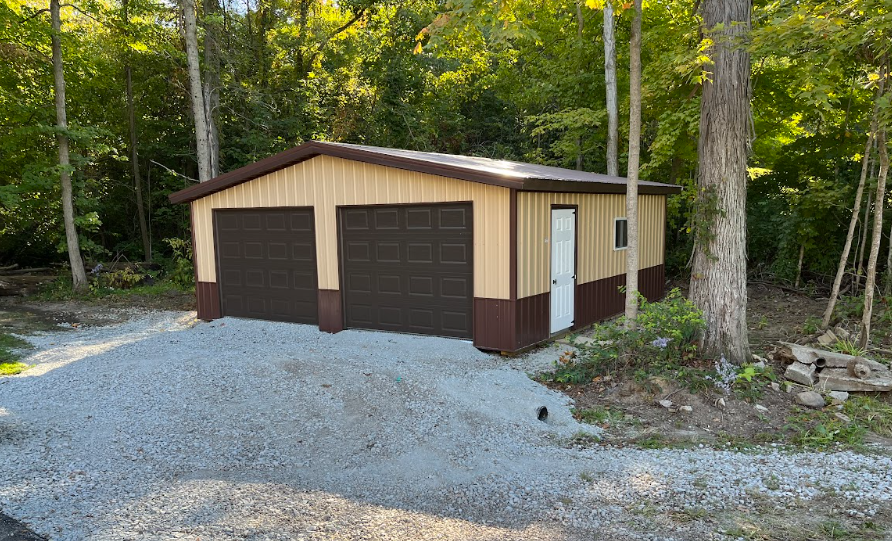
Here at Raber, we build our detached garages with the Midwest’s winter temperatures in mind. Our high-quality materials will withstand high winds, cold temperatures, and heavy snowfall. We also have electric and insulation packages available to make heating your detached garage easier. Find a detached garage fit for your needs with Raber, or create a custom garage with our 3D Builder. For February, we are offering 10% off all of our custom and pre-built structures! Contact us to get started on your detached garage today!

